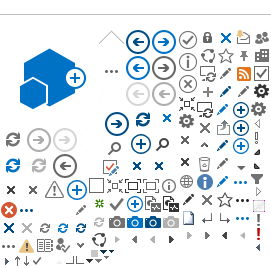The mouse accounts for three quarters of all laboratory animals used in Germany and is therefore the most important animal in biomedical research. The mouse is also by far the most important laboratory animal at Leipzig University Medicine; in 2023, over 95% of the animals used in animal research projects in accordance with Section 7 of the German Animal Welfare Act (Tierschutzgesetz - TierSchG) were mice. The mouse was also the most important species in the killing of animals for scientific purposes in accordance with §4 TierSchG.

Why is this the case? Despite all the obvious differences to humans, mice are remarkably similar to humans at both a molecular and genetic level. Geneticists have been able to prove that around 99% of the genetic factors found in mice are also present in a similar form in humans. The mouse genome has been completely decoded and can be modulated quickly and easily.
The generation time of mice is short, with a gestation period of 21 days, so manipulation of the genome can be quickly established within a mouse colony. Due to their small body size, mice can also be kept in larger populations if sufficient space is available.
Science, both the applied disciplines of science and basic research, owes a great deal to the mouse. For example, significant progress has been made in cancer therapy with the help of mice. More recently, we have the mouse to thank for the new vaccines against COVID-19 and thus for overcoming the corona pandemic.
